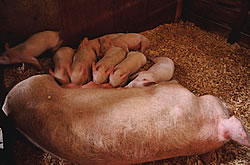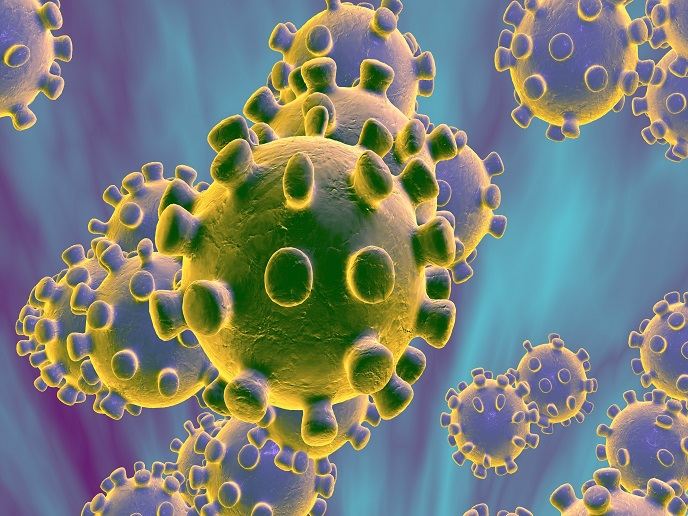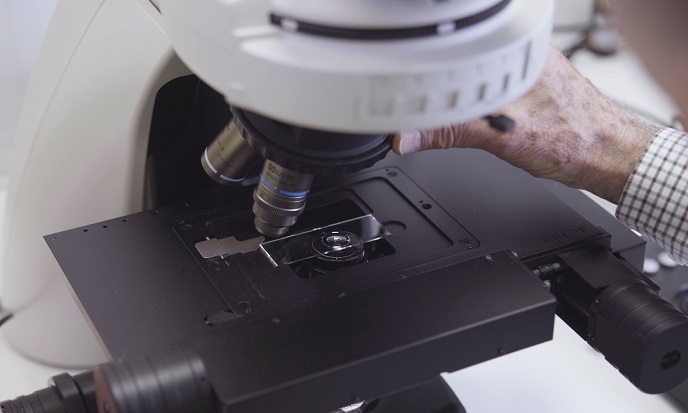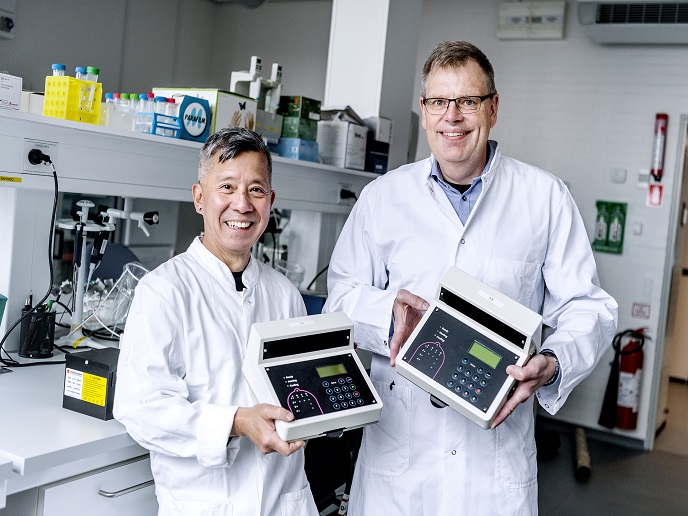Salmonella research in pork
Animal-borne infections pose an important public health problem, while human salmonellosis is the most significant meat-borne infection. Although salmonella is often transmitted to people through eggs and poultry, pork could also be a source of salmonellosis. As a result, the EC-funded SALINPORK project aimed at designing diagnostic tools and assessing methods to control salmonella in pork. One of the SALINPORK project’s results assessed the stability of a pig herd salmonella status. The presence and seasonal changes of salmonella infections and herd incidence were evaluated by studying seropositive and seronegative pig herds. The study took place in several European countries for two years through serological and bacteriological testing methods. In fact, the stability of an initial salmonella status varied with 62% of herds changing their status. As pig herds are open production systems, factors such as feed changes and contact with animals could affect the salmonella status. Therefore many sample rounds are needed to establish salmonella herd status and help determine producers’, advisors’ and authorities’ reactions. Moreover, the SALINPORK project assessed the associations between serological and bacteriological herd salmonella status within the same two-year study. The project found that the serological status correlated with the bacteriological status of the herds. The serological testing could be utilised as a monitoring tool to indicate salmonella exposure during productions. Bacteriological testing could then confirm and locate the current herd infections. In addition, the SALINPORK project examined feed as a potential source for introduction of salmonella into a herd. The link between salmonella and different feed types and exposure to salmonella through feed are vital factors for salmonella control. As feed samples were analysed and salmonella was found, the project concluded that pig exposure to salmonella through feed is possible. Yet, it was not possible to determine if the feed introduced a new infection or if the feed was re-infected. Controlling salmonella in pig herds is a complex process that involves several methods and procedures. Yet, control measures are extremely important to producers and authorities for both health and economic reasons. In essence, the SALINPORK project’s results could help determine how to effectively control salmonella in pig herds.







